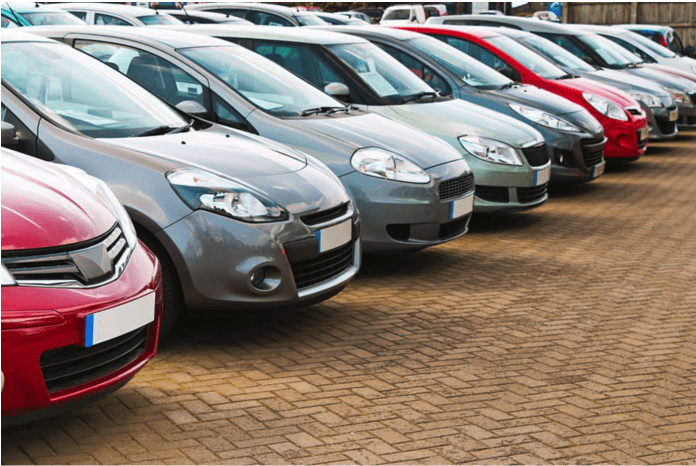The Kenya Revenue Authority (KRA) has announced implementing a revised Current Retail Selling Price (CRSP) list for used motor vehicles, marking the first update since 2019. The updated CRSP will be instrumental in determining applicable taxes on imported vehicles and reflects major shifts in the automotive market and broader economic conditions.
This development comes after years of stakeholder consultations and follows legal and economic changes, including the introduction of new car models, fluctuating exchange rates, and adjustments in tax regimes.
What is CRSP and why it matters
The CRSP refers to the market retail price of a new motor vehicle. It is used to calculate the customs value of used vehicles by applying depreciation based on the year of manufacture or registration.
KRA to start using new CRSP for used vehicles on July 1
Following the adoption of the WTO Agreement on Customs Valuation, Kenya opted to use the CRSP methodology—developed in consultation with stakeholders—to bring consistency, transparency, and predictability to the vehicle importation sector.
Why the CRSP was updated in 2025
The last attempt to revise the CRSP in 2020 was challenged in court, stalling any updates for nearly six years. However, significant market changes have since taken place:
-
The exchange rate has shifted from approximately Ksh 100 to Ksh 130 to the US dollar.
-
Import duty has risen from 25% to 35%.
-
Excise duty for some vehicle types has increased from a maximum of 30% to 35%.
-
Numerous new vehicle models have entered the market, which were previously unlisted in the outdated 2019 CRSP.
These factors made the update not only necessary but also urgent to align the CRSP with prevailing economic realities.
Stakeholder-led review process
In compliance with a court directive, KRA embarked on a wide-ranging stakeholder engagement process. Consultations included vehicle dealers, importers, and logistics associations such as:
-
Kenya Auto Bazaar Association (KABA)
-
Car Importers Association of Kenya (CIAK)
-
Kenya International Freight Forwarders & Warehousing Association (KIFWA)
-
Customs & Border Control Department
During the consultations, stakeholders opposed the use of FOB (Free on Board) invoice values and unanimously supported the continued use of the CRSP system.
A joint technical team was formed and tasked with updating the CRSP. On January 29, 2025, the team set the Terms of Reference, agreed on data sources—primarily Japanese Yearbooks—and defined the valuation methodology. Missing models were supplemented using data from Goo-net.
A validation meeting was held in May 2025 to incorporate final stakeholder feedback, leading to the publication of the revised CRSP list.
What’s new in the 2025 CRSP?
The 2025 CRSP list includes over 5,200 unique vehicle models, a significant increase from the approximately 3,000 models listed in 2019. Unlike the previous list, which was mainly based on engine size and drive type, the new list reflects detailed model specifications, including trim levels and performance metrics.
However, some newer models are still missing due to data unavailability in Japanese Yearbooks and Goo-net. KRA has committed to continuously updating the list as the technical team agrees upon new data sources.
KRA’s Commitment
KRA has reiterated its commitment to a transparent, inclusive, and collaborative valuation process. The revised CRSP aims to strike a balance between regulatory compliance and the evolving dynamics of the motor vehicle industry in Kenya.
The updated CRSP list is available on the KRA website and will serve as a reference point for customs valuation moving forward.








